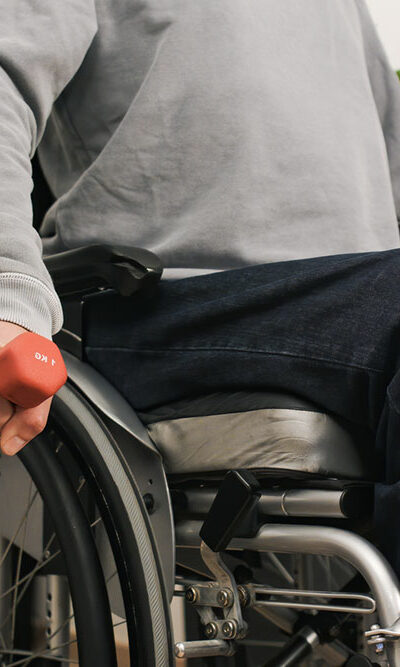
Muscular dystrophy – Signs and management options
Muscular dystrophy is a group of genetic muscle disorders that cause the progressive weakening and degeneration of muscle tissue. These conditions can affect people of all ages and cause various degrees of muscle weakness and disability. Early detection and subsequent treatments can significantly improve the quality of life for those affected. Here are some early warning signs of muscular dystrophy and treatment options. Muscle weakness Muscle weakness is often one of the earliest signs of muscular dystrophy. Muscular dystrophy is characterized by the deterioration of muscle fibers, making them less capable of contracting and generating force. As muscle fibers weaken and die, muscle strength diminishes. Affected individuals may experience difficulty performing simple tasks like lifting objects, climbing stairs, or getting up from a seated position. This weakness typically begins in the muscles closest to the trunk of the body and gradually spreads to other muscle groups. Frequent falls Muscle weakness can affect the stability and coordination required to maintain balance. As the muscles weaken, the ability to react quickly to changes in posture or movement diminishes, leading to an increased risk of falls. Children with muscular dystrophy may tend to fall more often than their peers, especially when running or participating in physical activities. This is often attributed to muscle weakness and poor coordination, making maintaining balance challenging. Delayed motor milestones In infants and young children, delays in achieving milestones in basic motor skills such as crawling, sitting, and walking may signal the presence of muscular dystrophy. Children with this condition may take longer to reach these developmental milestones compared to their peers. Since muscular dystrophy affects the muscles needed for basic motor skills, there may be delays in the development of these essential movements. Difficulty standing from a sitting position Individuals with muscular dystrophy often struggle with standing up from a seated position without assistance.










